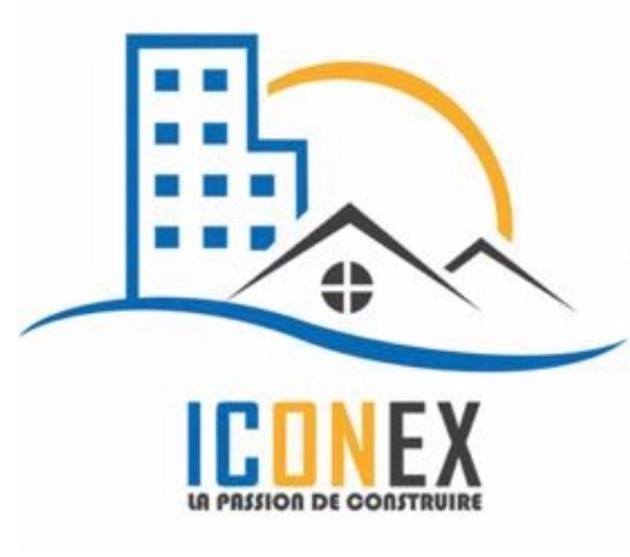In July 2018, decentralized exchange Bancor was reportedly hacked and suffered a loss of $13.5M in assets before freezing funds. In a Tweet, Charlie Lee, the creator of Litecoin spoke out and claimed an exchange cannot be decentralized if it can lose or freeze customer funds. In DeFi, however, taking out a loan can be as simple as visiting a DeFi DApp, depositing some crypto as collateral, and borrowing against it instantly. And instead of the borrowed assets coming from a bank, they’d come from other users who are participating in the ecosystem by lending their assets…and earning interest payments for doing so. Think of savings accounts that reward higher account balances with better interest rates, charge fees for dropping below a minimum bank balance, or require minimum transaction amounts.
Tamper-proof data coordination across a blockchain’s decentralized architecture increases security and auditability. To access all the benefits of DeFi, users have to assume some risk, too. The good news, though, is that DeFi protocols are getting easier to use and safer by the day. Access to financial markets like stocks and derivatives is shrinking, and becoming dominated by the wealthy.
What is decentralized finance?
But with so many options out there, what’s the best private browser for you? In this article, find out why and how lenders can embrace empathetic lending, by putting their customers at the heart of their lending model. There is no FDIC backing to protect your funds should a major glitch, error, or cyber hack make your funds unavailable or cause them to disappear. This means bad contracts will often come under community scrutiny pretty quickly. It’s transparent so fundraisers can prove how much money has been raised.
Here’s how blockchain works to build a secure digital ledger of crypto transactions. Learn how to choose and set up your first crypto wallet with this beginner’s guide. DeFi has had a considerable role in encouraging the creation of P2P lending and borrowing options. People are considering alternatives to cryptocurrency, given the speed and scope of financial progress and the growth of the digital world. The biggest risk in the DeFi space, again, is the absence of regulations to protect your money. Because DeFi is an emerging industry, you run the risk of investing in a project that could fail.
What Are Support and Resistance in Finance?
Lack of access to financial services can prevent people from being employable. By removing the intermediary, we eliminate many additional and hidden costs that the average user often pays without http://www.ecolog.by/news/?PAGEN_4=15 question or notice. Individuals who lean on traditional banking have little authority over their finances. The network is decentralized and no central governing entity is required.
In other words, it’s impossible to rule out the fact that humane errors can creep into the best of codes, no matter what. Of course, these can be rectified with due testing, but until then, the vulnerability remains. In the context of centralized finance, a primary role of the intermediaries is to ensure that processes are in compliance with the existing regulations.
Decentralized finance—often called DeFi—refers to the shift from traditional, centralized financial systems to peer-to-peer finance enabled by decentralized technologies built on the Ethereum blockchain. From lending and borrowing platforms to stablecoins and tokenized BTC, the DeFi ecosystem has launched an expansive network of integrated protocols and financial instruments. Decentralized finance offers financial instruments without relying on intermediaries such as brokerages, exchanges, or banks by using smart contracts on a blockchain. DeFi platforms allow people to lend or borrow funds from others, speculate on price movements on assets using derivatives, trade cryptocurrencies, insure against risks, and earn interest in savings-like accounts.
Immensely robust frameworks go into making payments or any other financial activity possible. Traditionally, centralized bodies both facilitate and control our financial transactions. As such, these systems are highly siloed and pose several other threats to the users which we will discuss in a while. As of 2018, according to the World Bank, nearly 1.7 billion people around the world had no access to bank accounts—the global unbanked population, as we commonly know them.
- Moreover, at times when some problem arises in the process, the user has to put in a considerable amount of time for getting it resolved.
- DeFi applications give users more control over their money through personal wallets and trading services that cater to individuals.
- As BBVA’s Maroto explains, DeFi has been proven to work in situations of crisis or uncertainty, as the blockchain protocols continue to work.
- The good news, though, is that DeFi protocols are getting easier to use and safer by the day.
It is a first-of-its-kind non-custodial mobile application that combines a crypto wallet with an in-built P2P marketplace. Apart from being primarily stablecoin-oriented, Defiant uses geolocation and enables its users to discover counterparties based on physical proximity. The app is inherently interoperable, in the sense that it involves tokens from Bitcoin, RSK, and Ethereum. Therefore, as a whole, to effectively and safely use existing DeFi offerings, the user has to pass through a substantially steep learning curve. As such, this is highly time-consuming, but more importantly, it is not possible for all people to study and learn the technicalities of the technology.
Presently, it could help to have a brief insight into the history and rise of DeFi. The fortunate lot that has access to traditional finance faces yet another category of problem, vide the lack of meaningful privacy and control. As previously mentioned, traditional financial systems are owned, governed, and managed by centralized entities.


